photo
Peter Brownscombe
East Village
New York Subway token.
It symbolizes the concept of the one universal fare that unifies the whole city. When I first arrived here from Europe in 1970s, I was quite surprised by this "socialist" concept. It didn't matter if you were rich or poor, going one stop or all the way out to Flushing, one recyclable token got you into the system.
The New York Subway is one of the world's great equalizers.
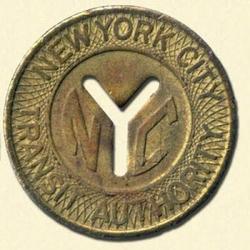
JOE
BAYSIDE
The Flushing Remonstrance
It was the first colonial government document which guaranteed freedom of religion in America. Although we view our country as the land of freedoms as spelled out in the Bill of Rights, these rights were not in existence from the beginning. Quakers in Queens had to fight New Amsterdam governor, Peter Stuyvesant, for their right to worship as they wished. The result was the Flushing Remonstrance guaranteeing their right to religious freedom and it served as an example for other colonies and eventually our new nation. This freedom was a factor which later motivated many immigrants and immigration played a integral part in our country's history.
Karl Weber
Irvington NY
A stock ticker
Introduced in New York in the 1860s, ticker tape machines were used until 1970 to convey stock prices to thousands of brokerage houses and financial institutions around the city. They became symbols of Wall Street, of instantaneous modern communication, and of a world intimately linked--including economically--by electronics. Images of pinstriped business men panicking over the ticker tape were staples of cartoon art during the Depression years. And of course the machines also helped shape an iconic New York cultural institution--the hero's procession through the streets of lower Manhattan in what we still call a "ticker tape parade."
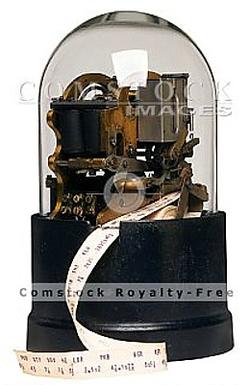
Kurt
Sunnyside
A beaver pelt
The trade in Beaver pelts was the reason for the Dutch founding New Amsterdam.
Bob Rice
Below are my picks. Because of our city’s size, complexity, and rich history I have included some extra items and four extra categories. To stay within the rules only those 10 items not in parenthesis are the ones I have chosen. Those in parenthesis are optional.
Quote from the Duch East India Company (Jewish star) (Beaver pelt)
The other 12 colonies started because people wanted Religious freedom yet had narrow acceptance of who may settle based on their religious views. New York City then called New Amsterdam was started as a commercial venture for the Dutch East India Company to trade beaver pelts with the Indians. When a ship load of Jewish people came here the governor -- Peter Stuyvesant -- did not want them to settle here. He communicated with his company superiors. They told him to welcome them and any one else who was willing to work and contribute to the economy.
We have seen and heard with displeasure, that against our orders of the 15th of February 1655, issued at the request of the Jewish or Portuguese nation, you have forbidden them to trade to Fort Orange and the South river, also the purchase of real estate, which is granted to them without difficulty here in this country, and we wish it had not been done and that you had obeyed our orders, which you must always execute punctually and with more respect: Jews or Portuguese people however shall not be employed in any public service, (to which they are neither admitted in this city), nor allowed to have open retail shops, but they may quietly and peacefully carry on their business as before said and exercise in all quietness their religion within their houses, for which end they must without doubt endeavor to build their houses close together in a convenient place on one or the other side of New Amsterdam, at their own choice as they have done here.
($26 worth of trinkets)
That is what was paid to purchase Manhattan Island from the Lenapie Indians.
Dollar Bill, (or Coin)
When the country started James Madison – the first secretary of state wanted the economy to be based on agriculture. Alexander Hamilton – the first secretary of the treasury wanted it to be based on finance so colonies owing more than they could afford to pay for the war for independence with England could get the other colonies to chip in. An agreement at a dinner hosted by Thomas Jefferson on June 20, 1790 was made to move the capital of the United States from NYC to swamp land between Maryland and Virginia in trade for creating a financial economic foundation for the economy. By removing the distraction of NYC being the country’s capital it cleared the way for it to become the financial capital of the world. It is fitting that Hamilton’s casket is buried near Wall Street
(Whistle kettle)
When the pot contains water and it is heated it starts to make a whistling noise. The energy of steam powers the whistle. That same energy transformed the dependability of cargo deliveries. Large investments were hindered because factories could not plan schedules. They had to rely on the wind for sailing ships to bring them the supplies they needed. Robert Fulton was first to introduce practical application of the steam driven boat named the Claremont which sailed up the Hudson River in 1807. Now investors in NYC and else ware could count on scheduled deliveries and plan ahead accordingly.
Two feet of wire cable.
When Manhattan became over crowded people started living in Brooklyn Heights. They took ferries to Manhattan to go to work. In the winters the East River froze. The Brooklyn Bridge was built to ease commuting. It proved that construction of that size was practical and pioneered steel framework construction. Steel wire cable was successfully used in the construction. Since there is limited space on Manhattan Island to spread out, the solution was to build up. Without cables for the elevators -- sky scrapers would not have been practical.
(Two feet of 15 pound per foot steel I Beam.)
Building construction used to use the support of its outer walls to hold up the buildings. So buildings were limited to size because the taller the building the thicker the base walls had to be. Buildings would not be practical to build when the walls at the base were too thick. With steel skeleton construction buildings no longer relied on thick base walls which eliminated this restriction on building height.
Nickel (or Subway Token)
When Manhattan became gridlocked one solution was to build a subway. This subway was significantly different than any other. Instead of laying the tracks towards outlying populated areas, it was extended to unpopulated areas -- this encouraged people to live outside the center of the city. We were the first subway to have express tracks so even if you lived far from the center it was still a relatively quick trip no matter where you needed to go. Other City’s subway fares increased based on distance traveled. NYC charged a nickel no matter how far riders needed to go. So even the poor had access to the whole city.-
Picture of the Grid
The towns that many immigrants came from were the equivalent of leaving the twelfth century for a place that is in the nineteenth century. Many new immigrants had difficulty with the English language. Instead of building streets that had to curve around obstacles technology made it practical to remove those obstacles. Thus streets could be made straight, even and organized. This plan was called the commissioners grid. Because it made it easy to assess property values and navigate the city. Many immigrants came, stayed, and prospered because of the ease of navigation. This gave the city the advantage of a large and diverse work force which attracted investment and industry. Some features with few exceptions included 920’ between avenues, 200' between streets.
(Shovel, or) model of a barge.
Sipping goods required packing the item on mules and trekking them over mountains and through forests. By building the Erie Canal goods could be barged up the Hudson River – Through the canal and Great Lakes __ down The Mississippi River and westward through connecting water ways. Combined with New York City’s excellent harbor gave NYC an edge at becoming the gate way to the United States. Shipping costs dropped several hundred fold. Additionally goods from overseas are much cheaper to ship to NY harbor than other US ports. This gave added incentive to developing NY as the shipping gate way to and from the USA.
(Matches, bale of fabric,) fire axe.
Building codes and fire codes were practically non existent until fire broke out at the Triangle coat factory in Manhattan. Because of this local governments throughout the United States made and started to enforce building and fire codes.
Flash Bulb
With the invention of flashbulbs, photographs could now be taken in dim light. Jacob Rees was a newspaper reporter who used the photos to accompany his stories about life in the ghettos of New York City. This started a wave of philanthropy where all of the super rich started to try to outdo each other by donating to public social projects. This is how the NY Public library, Bronx Botanical Gardens and many other public projects were funded. Photographs also caught the interest of the super rich who decided to move here. Thus adding to NYC becoming the financial powerhouse that it is.
(Sledge Hammer)
Pennsylvania Train Station was one of the grandest structures in the world. When it was torn down NYC citizens were so upset that they started the Land Mark Commission to prevent a reoccurrence of that blunder.
Bicycle, Parasol
There was alienation between the rich and poor. NYC built Central Park as a neutral zone where rich and poor alike can come and enjoy themselves in the company of each other to defuse some of the alienation..
Newspaper
Mr. Lincoln gave a speech in New York. The Newspapers were impressed – news spread giving him the notoriety he needed which played a major roll in him being elected president.
See above
Jo
Downtown Manhattan
A copy of the Treaty of Westminster (1674) which transferred juristiction over New Amsterdam to England, thus avoiding a war over the city between England and the Netherlands
We would all be speaking Dutch, if this had not happened !
jo
downtown Manhattan
ancient pottery from Indigenous caves in Inwood Pk (in collections of Amer.Mus.of Nat'l Hist. & American Indian Museum - Heye Collection)according to books I have.
There is little consciousness in general of Indigenous Peoples no matter what park of the globe one is thinking about. But especially when it comes to metropolis' such as New York, there is woefully little awareness of the original inhabitants, and therefore a very limited sense of history or of place.
ron
flushing
taxi illuminator on top of the roof of the car.
its shows a welcoming escape to or from your current spot.
Sal Giacchi
monmouth beach nj
The Checker Marathon Taxi
When you see one in movies, you know you're in NYC. It is the icon in murals that depict life in NYC. It is as famous as the Empire State building. Moreover, it was the hope of every pedestrian hailing a cab in New York that the the next one would be a Checker. Roomy, no hump in the floor, and with the jump seats you can get 5 adults in the back. Heaven on wheels.
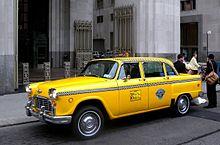
vince passaro
New York Morningside Hts
The alternate side of the street parking sign
A defining parameter of life for many many New Yorkers, especially back when in effect six days a week. Nobody loves a Jewish holiday (now Muslim too, plus the Catholic Days of Obligation) like a New Yorker with a car on the street. Harken back to the episode of the Odd Couple when Oscar wins a car. And finally goes to a garage, he can't take the parking anymore. John Biner is the attendant. Oscar scoffs at the price: "For $125 a month it could have two rooms and a bath." Biner is not disturbed: as O & F depart, he shouts, "You'll come crawling back on your hands and knees.... just like my mother."
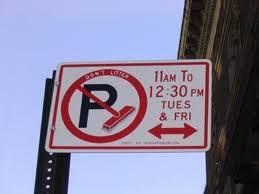
vince passaro
New York Morningside Hts
the egg cream
many other pictures findable on the web. see earlier post for explanation.
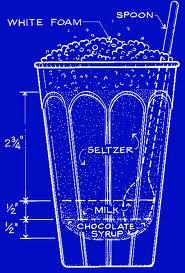
vince passaro
New York Morningside Hts
the empty crack vial
explanation in earlier post
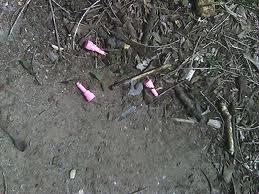
Vince Passaro
New York Morningside Hts
The egg cream
The velvet rope
the battered Lincoln Town Car
empty crack vials and child-color caps
The egg cream: Leonard will explain it if you don't know it.
The velvet rope: a defining (literally and figuratively) object of the 1977-1990 period and perhaps even now.
The Lincoln: these are the gypsy cabs. There's a thriving market for them even now. There are several auto shops in Queens and uptown in Harlem and likely in the Bronx and Brooklyn too that service only the Lincoln Town Car for the gypsy drivers.
And every young person esp with artistic ambitions and not much money from the years 1985 to 2000 or so lived in a crack neighborhood and saw the little vials and caps littering the ground every day. It was a sign of an affordable neighborhood, as were the crowing of (fighting) cocks in the morning.
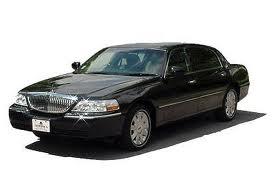
Steven Lomazow MD
west orange nj
I have a very advanced magazine collection, with literally hundreds published in NYC from John Peter Zenger in 1733 to avantgarde publications of the 1980's.
My favorite though is a little known illustrated volume from 1905 entitled The East Side, published edited and written by Zoe Anderson Norris that documents imigrant life on the lower esst side.
I would like to nominate this volume and perhaps offer items from my collection for an exhibit "the history of new york in magazines" that could be the basis for a WNYC fund-raiser. My blog is www.magazinehistory.blogspot.com
thanks,
Steven Lomazow, M.D.
see above
David
Forest Hills
The Panorama of the City of New York, the giant architectural model at the Queens Museum.
New York City is comprised of millions of stories that woven together tell the wonderful tale of a living, breathing metropolis. The Panorama is a gigantic miniature, encapsulating every one of those stories by triggering memories. As you gaze upon the huge model, you automatically find locations where you've had meaningful experiences, and that in turn replays all of your own New York stories.
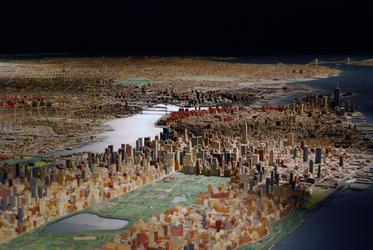
Tom Parker
Upper West Side, NYC
The man-hole cover
Besides covering access points to the circulatory system of the city, they offer an over-view of design periods. In my opinion, the older the cover, the more interesting from a design perspective.
Elizabeth S. Titus
Upper West Side/CPW
Manhattan Schist
Manhattan Schist is the rock that underlies much of the island. Because of this unique geographic condition, NYC is ideally suited for skyscrapers, which are found in parts of the city where the schist is close to the surface.
In Central Park, a huge, notable schist formation is Rat Rock.

ebethnyc
manhattan
the token, obviously. (& the metro card)
the subways are quintessential nyc .
James Malchow
United States
1. Piece of cable or steel rope (Representing bridges and the growth of buildings upward with elevators)
http://v2.cache5.c.bigcache.googleapis.com/static.panoramio.com/photos/original/3076301.jpg?redirect_counter=1
2. Suitcase (Like the ones at Ellis Island museum)
http://rjtoursonline.com/wp-content/uploads/2012/01/Ellis-Island-Luggage.jpg
3. Beads (Signifying Indians)
http://www.nativeamericangiftshop.com/images/wampumfreeform.jpg
4. Beaver skin hat (the economic reason for Dutch settlement in the 17th century...the beaver trade)
http://img1.etsystatic.com/il_fullxfull.285675457.jpg
5. Spool of Thread (Representing Triangle Fire, NY's role in development of workplace safety, ILGWU, and the garment industry)
http://static6.depositphotos.com/1025893/609/i/950/depositphotos_6091341-Spool-of-thread-and-needle-isolated-on-white-background.jpg
6. A piece of Broadway or Tin Pan Alley sheet music.
http://img2.etsystatic.com/il_fullxfull.242080486.jpg
7. Seat from Ebbets Field (Or Yankee Stadium or Polo Grounds, representing NY baseball dominance from 1920's to 1950's)
http://www.americanmemorabilia.com/pics/58522_01_lg.jpg
8. Something representing the African Burial Grounds and the political fight over their preservation (Symbolizing NY race relations from earliest days to present)
http://maap.columbia.edu/content/places/the_african_burial_ground/images/1_africanburialground.jpg
9. A bench from St. Paul's Chapel with all the nicks from the 9/11 rescue workers sleeping on them.
http://4.bp.blogspot.com/_IkLMxRBVHn8/TMeVH8JpS5I/AAAAAAAADhY/Hhl3f6737SQ/s1600/November+2009+082.JPG
10. The dents in the wall of the J.P. Morgan building on Wall street from when Wall Street was bombed in 1920. http://3.bp.blogspot.com/_VB5qje4zQTA/TI2FNshRYyI/AAAAAAAADbg/JZBP0-CCaZo/s1600/23+Wall+Street.jpg
I gave my compiled list of ten objects.
Scott Dennis
Bronxville
a no photography sign
As great as NY is, there are many rules to follow
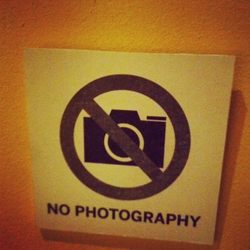

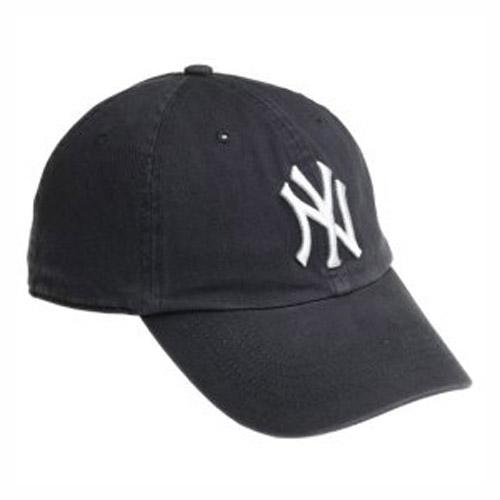
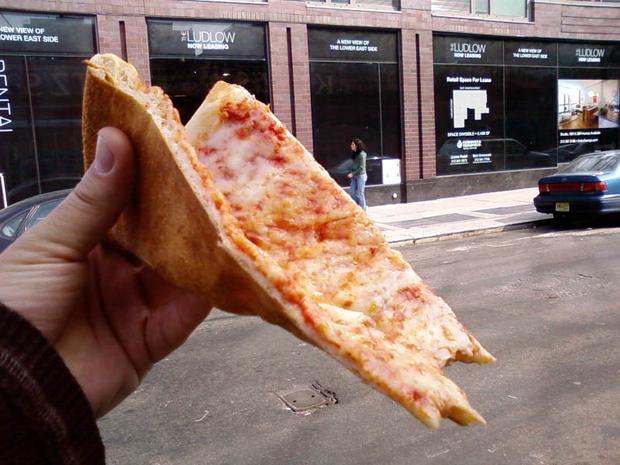
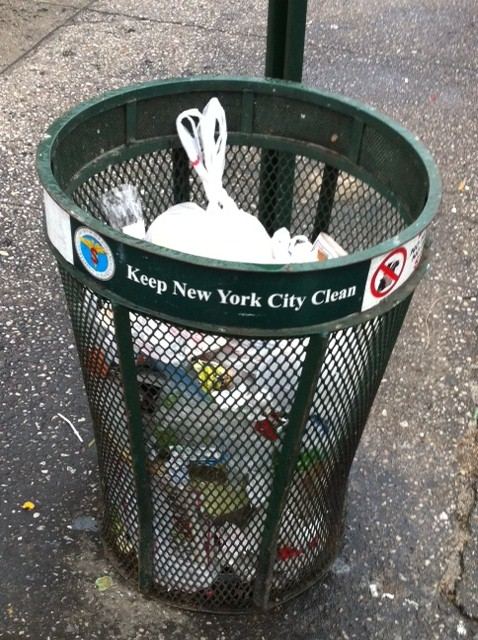


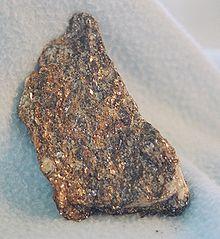








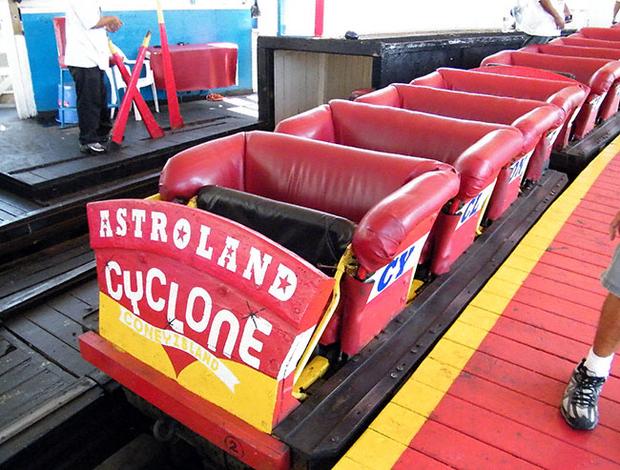
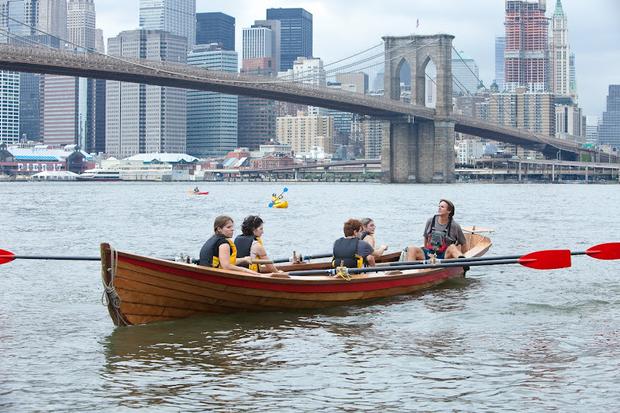


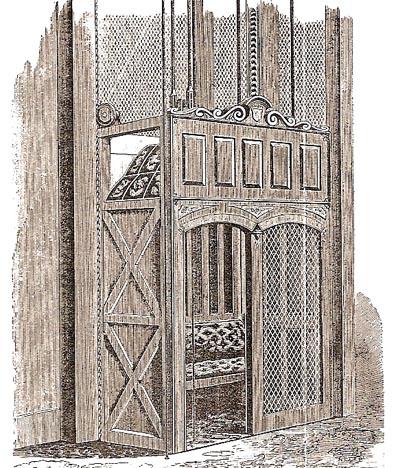
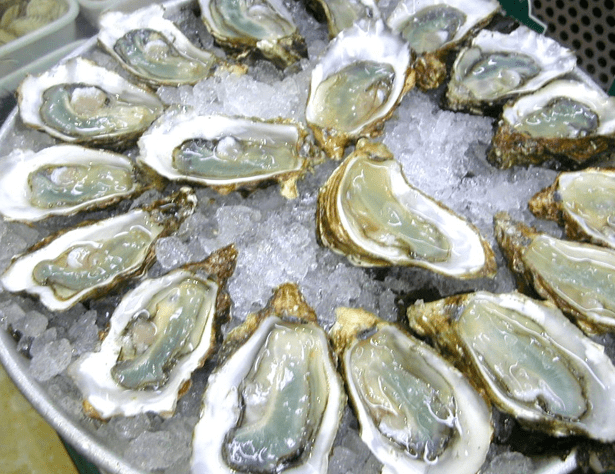
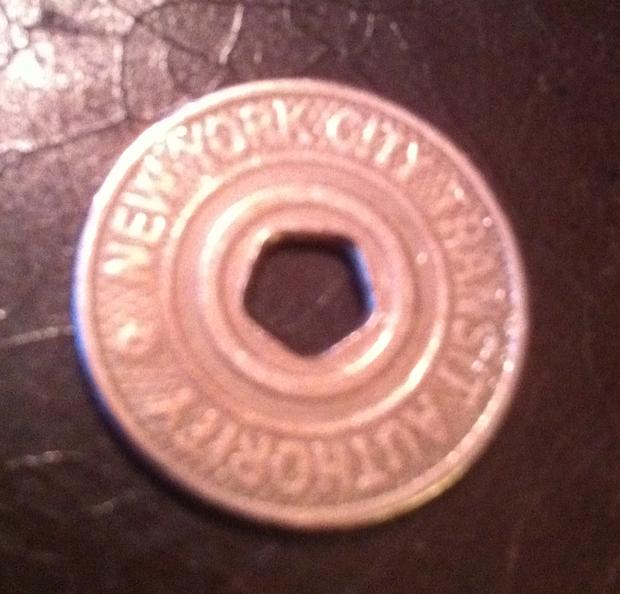
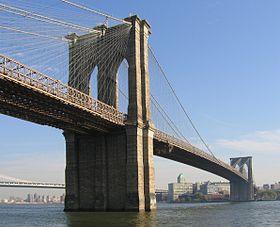




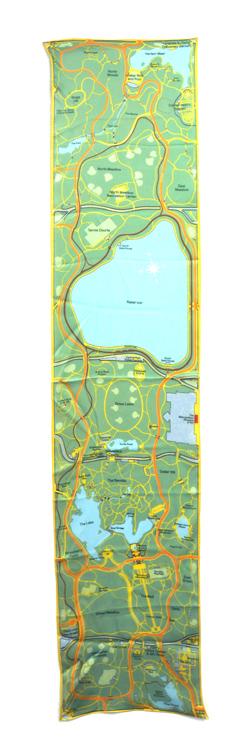

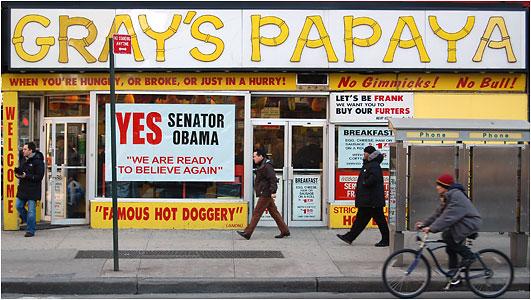
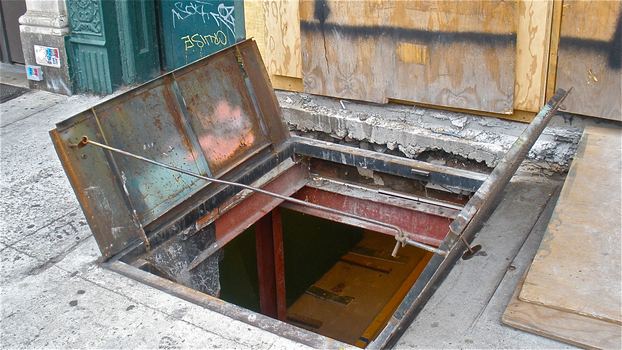
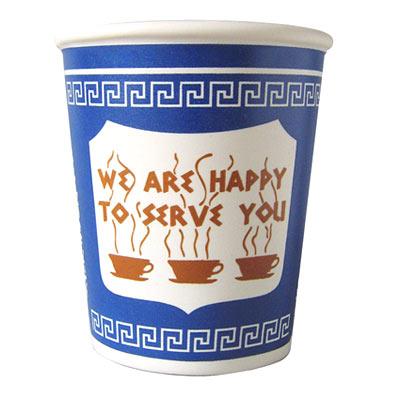
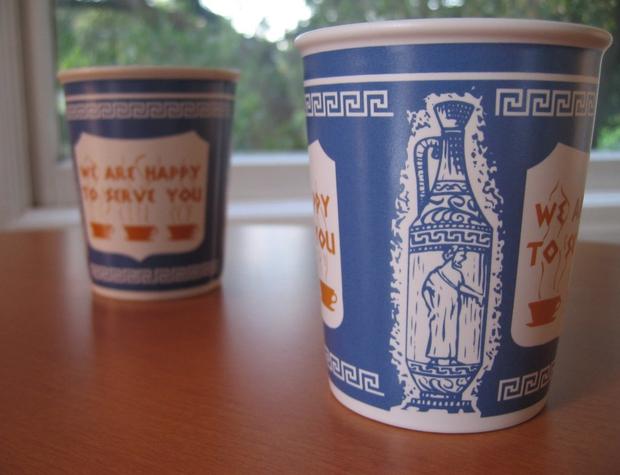
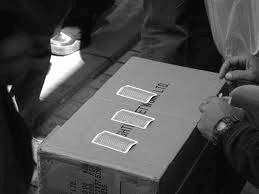
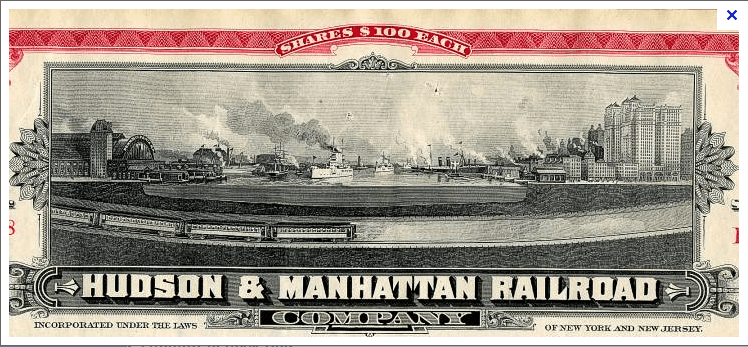

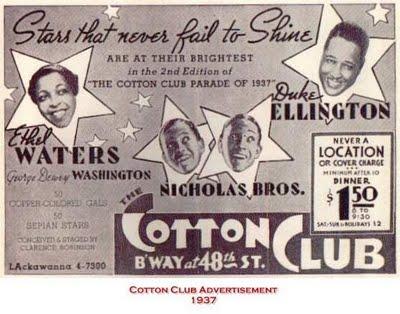


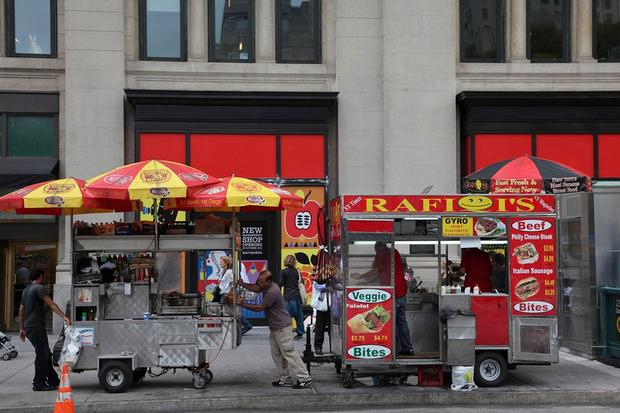
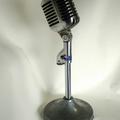
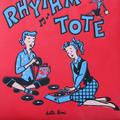
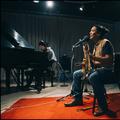

Leave a Comment
Email addresses are required but never displayed.